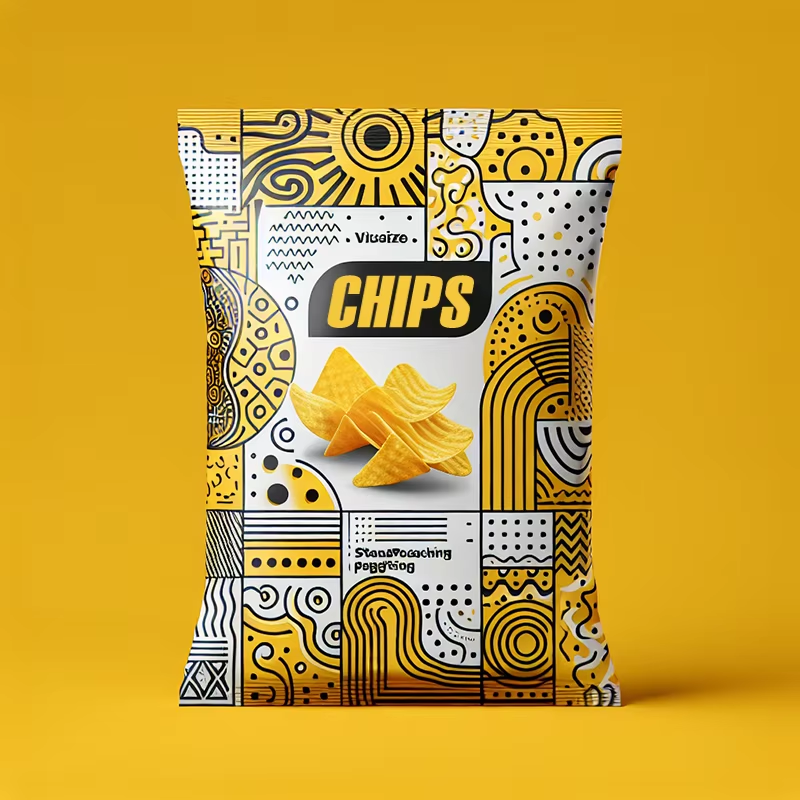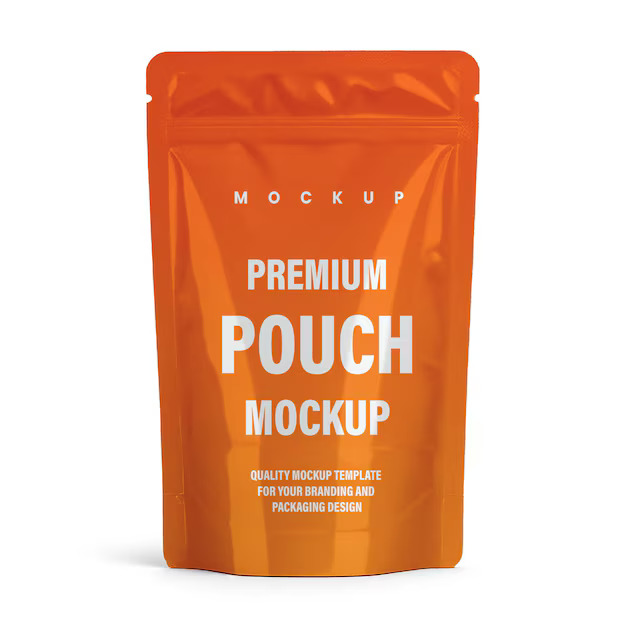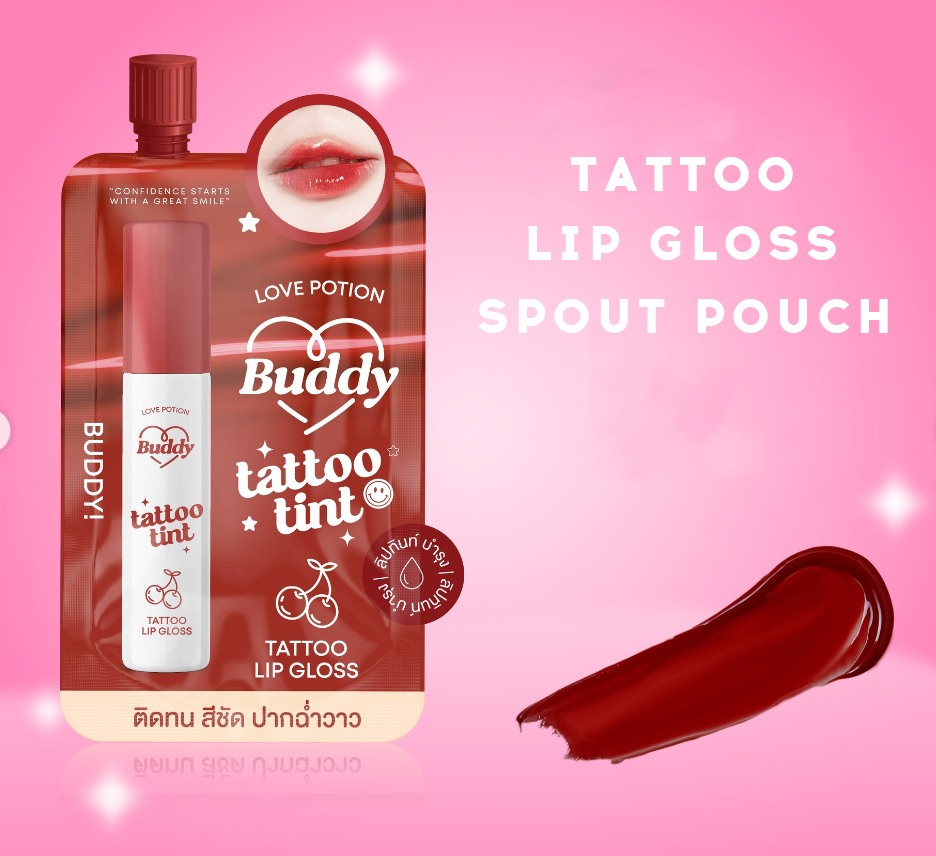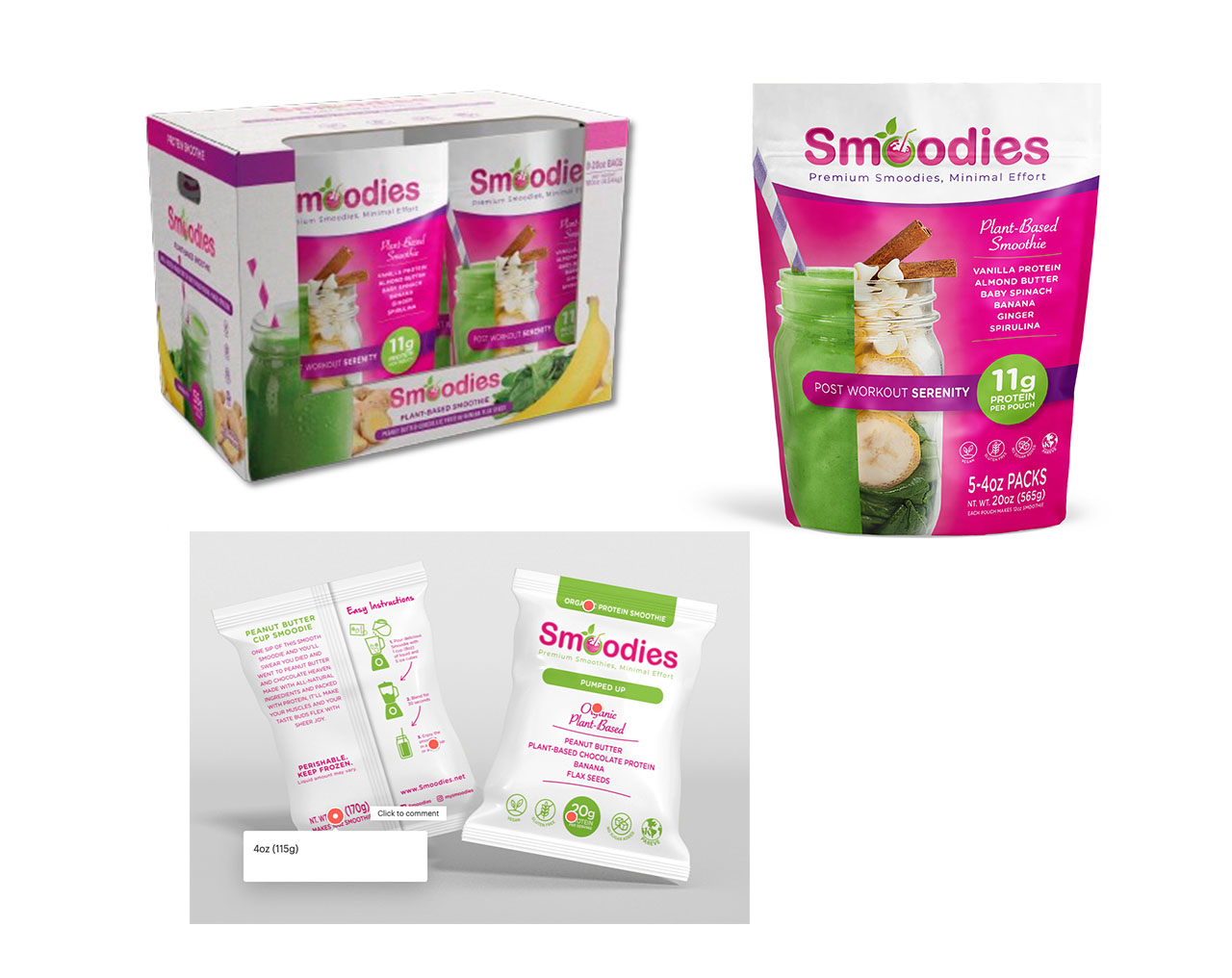Sealing and filling products using packaging film involves a series of automated steps. The specific process can vary depending on the type of packaging machine used, such as Horizontal Form-Fill-Seal (HFFS) or Vertical Form-Fill-Seal (VFFS) machines. Here's a detailed overview of the general process:
Step-by-Step Process
1. Film Loading and Unwinding
- Film Roll Placement: A roll of packaging film is placed on the unwinding system of the machine.
- Film Unwinding: The film is unwound from the roll and guided through rollers to ensure it is straight and properly tensioned.
2. Film Forming
- Film Positioning: The film is directed into the forming area where it is shaped into a tube (for VFFS) or wrapped around the product (for HFFS).
- Forming Collar (for VFFS): In VFFS machines, the film passes over a forming collar to create a tube with a longitudinal seam.
3. Product Feeding
- Product Placement: Products are fed into the machine. In HFFS, the product is placed on the film, whereas in VFFS, the product is dropped into the formed tube.
- Automated Feeding Systems: These can include conveyors, hoppers, and synchronized timing mechanisms to ensure products are correctly placed.
4. Sealing
- Longitudinal Sealing:
- For HFFS: The film edges are brought together and sealed lengthwise around the product.
- For VFFS: The vertical seam of the film tube is sealed.
- End Sealing:
- First End Seal: The bottom of the package is sealed before the product is filled (for VFFS).
- Second End Seal: After the product is filled, the top of the package is sealed.
- Heat Sealing: Sealing jaws or bars apply heat and pressure to the film to create a strong, airtight seal.
5. Filling
- Product Insertion:
- For VFFS: The product is dropped into the vertically formed film tube after the bottom seal is made.
- For HFFS: The product is placed on the horizontal film, and the film is wrapped around it before sealing.
- Accurate Dosing: Ensures the correct amount of product is placed in each package, using volumetric or gravimetric filling systems.
6. Cutting and Separation
- Cutting Mechanism: A knife or rotary cutter separates the continuous film into individual packages.
- End Separation: Ensures clean cuts and separates each package from the next.
7. Additional Processes
- Printing: Batch numbers, expiry dates, and other information can be printed on the film before or during packaging.
- Vacuum/Gas Flushing: Air can be removed or replaced with an inert gas to extend product shelf life, especially for food items.
8. Discharge
- Finished Package Removal: The completed packages are discharged onto a conveyor belt or into a collection bin.
- Quality Control: Sensors and cameras may inspect each package to ensure proper sealing and correct labeling.
Key Considerations
- Film Type: Ensure the packaging film is compatible with the product and the machine. Different films (e.g., polyethylene, polypropylene) have different sealing properties.
- Temperature and Pressure: Proper heat and pressure settings are crucial for creating strong seals without damaging the film.
- Product Consistency: Consistent product size and shape help maintain smooth operation and consistent package quality.
Example Applications
- Food Packaging: Snacks, candies, frozen foods, and fresh produce.
- Non-Food Items: Hardware, medical supplies, and personal care products.
By following these steps, products can be efficiently and effectively sealed and filled using packaging film, ensuring they are protected, preserved, and ready for distribution.
How does the roll film automatic packaging machine work?
A roll film automatic packaging machine is used to wrap products in a film, which is then sealed and often cut to create individual packages. Here’s a step-by-step explanation of how it generally works:
Components:
- Film Roll: A roll of packaging film, usually plastic, which serves as the packaging material.
- Unwinding System: A mechanism that unwinds the film roll and feeds it into the packaging machine.
- Product Feeding System: This system places the products to be packaged onto the film. It can be manual or automated.
- Forming Area: Where the film is shaped around the product.
- Sealing System: Heats and seals the edges of the film to enclose the product.
- Cutting System: Cuts the continuous film into individual packages.
- Control Panel: An interface for setting parameters like speed, temperature, and package length.
Operation Process:
- Film Loading: The packaging film roll is loaded onto the unwinding system.
- Film Feeding: The film is fed through a series of rollers that guide and straighten it as it moves toward the forming area.
- Product Feeding: Products are fed onto the film. In automated systems, this might involve conveyors and sensors to ensure correct positioning.
- Forming: The film wraps around the product. This can happen in different ways depending on the machine type:
- Horizontal Form-Fill-Seal (HFFS): The film is folded into a tube around the product.
- Vertical Form-Fill-Seal (VFFS): The film forms a vertical tube into which the product is dropped.
- Sealing: The film is sealed along the edges using heat and pressure to create a closed package. There are typically two types of seals:
- Longitudinal Seals: Along the length of the package.
- End Seals: At the ends of each package.
- Cutting: The sealed film is cut into individual packages. This is usually done by a knife or a rotary cutter.
- Discharge: The finished packages are then discharged from the machine onto another conveyor or into a collection bin.
Additional Features:
- Printing: Some machines can print batch numbers, expiry dates, or other information on the film before packaging.
- Vacuum/Gas Flushing: In some applications, air can be removed from the package or replaced with an inert gas to extend shelf life.
- Quality Control: Sensors and cameras can be used to inspect packages for proper sealing and labeling.
The roll film automatic packaging machine is versatile and can be customized for various product types and packaging requirements.
 Sustainable Shift: The Rise of Biodegradable Packaging Materials in the Food Industry
Sustainable Shift: The Rise of Biodegradable Packaging Materials in the Food Industry
 The Impact of Modified Atmosphere Packaging on Food Preservation
The Impact of Modified Atmosphere Packaging on Food Preservation
 Unveiling the Advantages of Tattoo Tint Packaging: A Perfect Blend of Sustainability, Style, and Functionality
Unveiling the Advantages of Tattoo Tint Packaging: A Perfect Blend of Sustainability, Style, and Functionality
 The Evolution of Food Packaging: From Pouches to Display Boxes
The Evolution of Food Packaging: From Pouches to Display Boxes